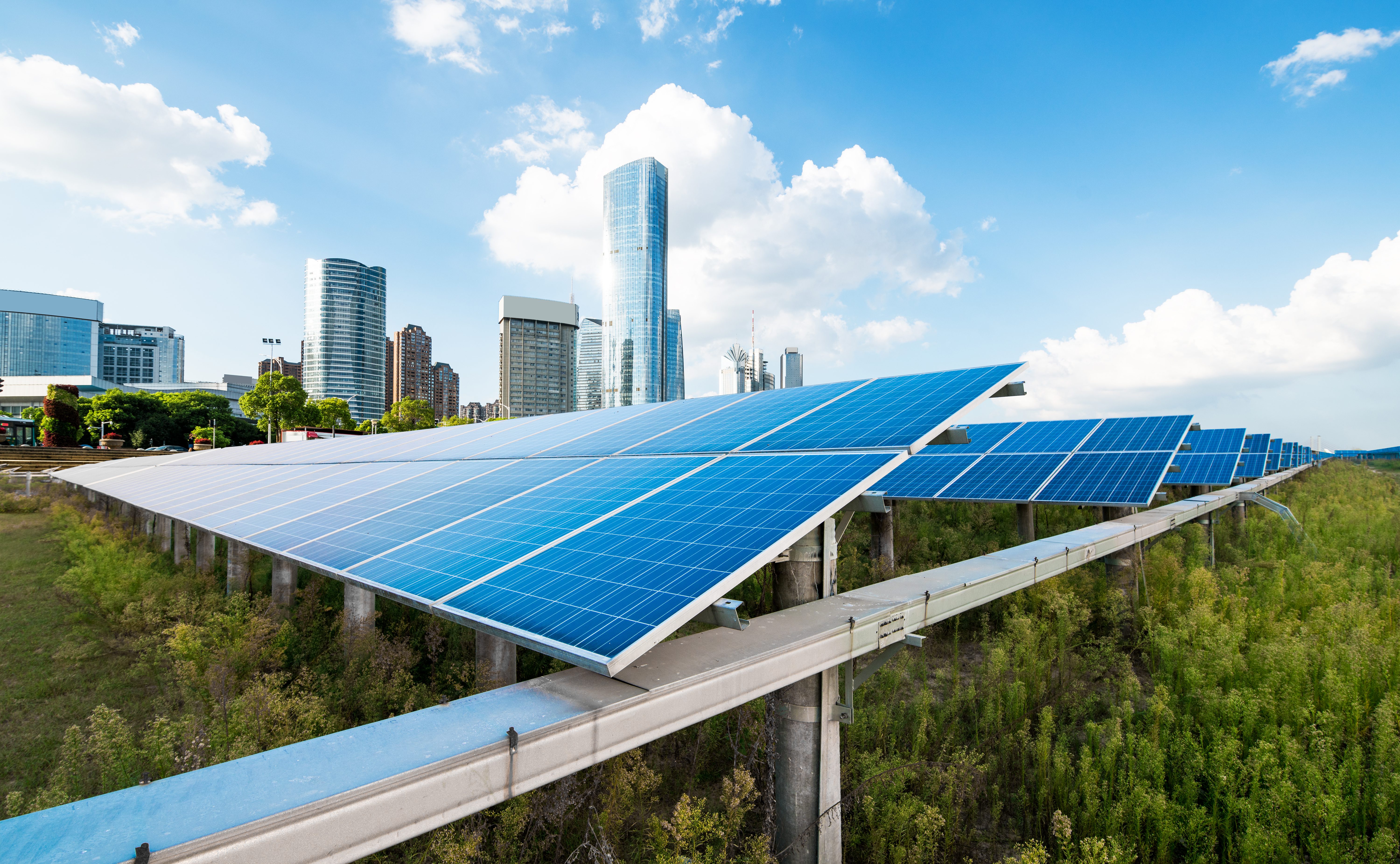Hardware Pioneers, a media hub advocating for a “smarter and more connected world,” recently interviewed me, about the increasing challenges facing today’s distribution system operator (DSO). In this post, I would like to expand on that discussion and talk a bit more about the evolving nature of the smart grid and how new solutions can help a DSO manage this very dynamic environment.

The new challenges for DSOs
There has been a gradual evolution from the traditional unidirectional power grid to a bidirectional smart grid that connects to distributed energy assets, either on the main grid or at the ‘edge’ at energy consumer sites. Technology advancements enable this change in many countries and regions around the globe. While this is a very positive development, the ‘New Electric World‘ presents new demands and opportunities.
On the ‘pipeline’ side of energy delivery, cities continue to grow, and so do the number and size of industrial and commercial operations. This puts increasing pressure on power grid capacity – from generation to distribution – and, in turn, an increasing need to manage periods of high peak demand. The addition of distributed energy resources (DER) offer a new source of generation that can support demand-side response (DSM) programs.
With sustainability top-of-mind for most organizations now, the fastest-growing DER is renewable energy generation, which continues to drop in cost for large-scale utility solar or wind projects as well as smaller-scale commercial and residential installations. Many consumers are now becoming ‘prosumers,’ able to produce and consume energy at the same time while offering up excess or stored energy to the grid to offset energy costs.
Renewables are an important way for power providers and consumers to take steps toward a net-zero world by significantly reducing energy-related greenhouse gas emissions in a highly cost-effective manner. And energy storage systems help make renewable energy less perishable, to be used on-demand as needed. Taken a step further, complete microgrids are emerging on distribution grids and within commercial and critical power end-user facilities. This helps improve resilience as well as sustainability, with some able to island from the main grid for limited periods in the event of a blackout.
Beyond generation, the number and type of electrical loads are increasing. Residential and commercial consumers are adding electric vehicle chargers to their buildings quickly. And there is a growing trend toward building electrification, in which traditionally fossil-fuel-based loads like heating are being converted to alternatives such as electric heat pumps. These are placing new demands are on the grid.
As governments introduce more emissions regulations and green incentives for consumers, these trends will continue. However, for DSOs, meeting these new decarbonization targets means sustaining resilience and efficiency under more demand and more dynamic and complex connections of DER to the grid.
This is recognized by the Eurelectric Fit For 55% program, which states, “To deliver on the proposed political targets, over 500 GW of renewable energy will need to be added to the system [in the EU27 + UK] by 2030, corresponding to about half of existing European capacity. 70% of this capacity will be connected to distribution grids, meanwhile, to get on track for decarbonization, 40-50 million heat pumps and 40-70 million electric vehicles will be drawing on these same grids by the end of the decade.”
Connected solutions and partnerships enable the future
For the DSO and its consumers to take full advantage of this New Electric World, all of the new generation resources and electrified loads must be digitized, connected, and intelligently managed at the local level and at the distribution grid level. Schneider Electric defines this vision as Electricity 4.0.
At the consumer level, buildings need to get smarter. They need to help facility management teams achieve greater building performance while optimizing costs and meeting sustainability goals. They also need to help optimize onsite renewable generation, or even a complete microgrid, communicating with the DSO (or aggregator) to take advantage of smart grid programs. Fortunately, digital tools are available today to support these initiatives, connecting power, building, and microgrid management. Smart building technology should be part of every new building specification and can be affordably retrofitted to all existing buildings.
The smart distribution grid must be more systematic at the DSO level, with everything interconnected and centrally managed. The smart grid also needs to adapt to the increasing demands described above quickly.
At Schneider Electric, partnerships offer the most effective way to scale smart, software-enabled, bi-directional grids that support the required capacity and resilience. The green innovation to support an increasingly decentralized grid will require a digital transformation with inherent complexities. This is why through our ‘Partnerships of the Future‘, we are helping equip our partners with the strategies, solutions, and services they need to succeed.
For example, our solutions make it easier for our partners to achieve their electrical safety and sustainability goals. This includes the new PrimaSeT™ active low-voltage switchboard, the industry’s first to offer built-in cloud connectivity for instant access to smart alarms, energy usage, maintenance information, and more. The new generation of ComPacT™ molded-case circuit breakers are now connectivity-ready, making it easy to unleash digital intelligence, even when retrofitting breakers in use.
For more information
Through the capabilities of our cybersecure EcoStruxure™ Grid digital architecture and services, Schneider Electric and our EcoXpert™ partners deliver an end-to-end set of solutions that support every stage of your grid modernization projects, from design and build to operation and maintenance. Our ‘single pane of glass’ approach supports operations management (DMS, OMS, SCADA, etc.), edge management (smart metering, DSM, etc.), and asset management (GIS, AMP, mobile workforce management, etc.) Discover more about EcoStruxure Grid.


